French archaeologists working for INRAP (the National Institute for Preventive Archaeology Research) recently found something unique and unprecedented on the archipelago of Guadeloupe in the southeastern Caribbean. They found a large number of intact Guadeloupe burials, dating back to pre-Columbian times (the 11th to 13th centuries). In total, the Guadeloupe burials archaeologists found contained 113 separate graves, which consisted of the skeletal remains of both adults and children.
The Largest Collection of Guadeloupe Burials Ever!
This is easily the largest collection of ancient skeletons ever found in Guadeloupe, a chain of six inhabited islands that is currently a department of France. The island’s volcanic soil is highly acidic, which usually causes buried bones to decay significantly over time. But in the newly found Guadeloupe burials, the remains survived long enough for archaeologists to discover them and recover them while they were still in good condition.
DNA Study Rewrites Caribbean Population History
Port Royal and the Real Pirates of the Caribbean
The bodies in the grave were folded in different positions so they could fit in relatively tight spaces. This style of burial explains why the skeletal remains were so well preserved, since the folding of the bodies created uneven surfaces that the acidic earth could only partially cover.
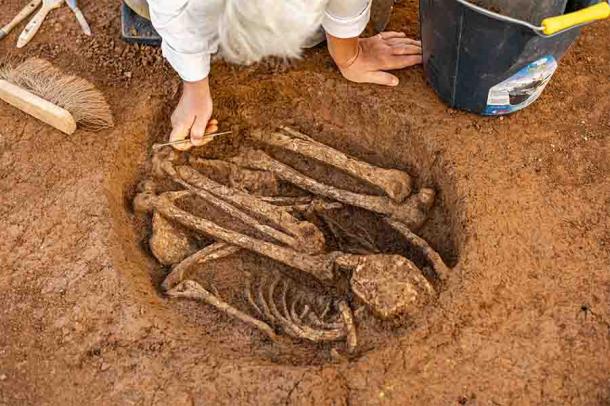
The Guadeloupe burials was not an isolated discovery. Digging further around the burials, the INRAP researchers found hundreds of deep imprints in the ground they identified as post holes. Tracing the post hole patterns, they could recreate the shapes of the residential structures the associated posts would have supported.
More than 50 pits were also unearthed. These wider holes may have been used for storage or garbage disposal, or some combination of both. Inside of them the archaeologists discovered a multitude of interesting artifacts. They found stone tools, shards of pottery, and heating stones, along with the discarded bones and shells of both land and sea animals, which were presumably used for food.
The archaeologists were digging at the planned site of a future housing project, on Guadeloupe’s most populous island (Grand-Terre) on the outskirts of its largest city, Les Abymes. As a precautionary measure, government officials in Guadeloupe had requested the services of INRAP, to make sure no valuable artifacts would be destroyed once construction began.
This turned out to be a wise decision. Because it has been so difficult to find sites left behind by pre-Columbian indigenous people, this surprising discovery could yield vital information that will boost the fortunes of Caribbean island archaeology.
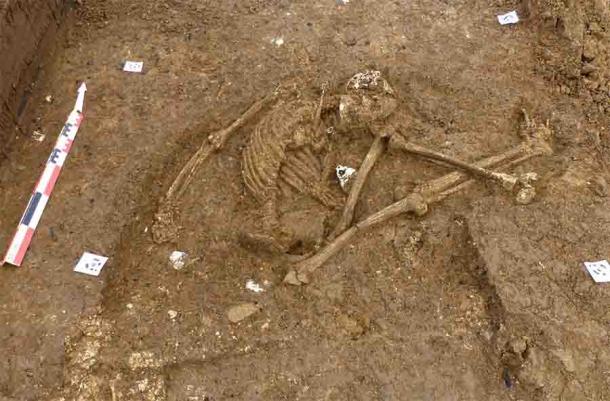
Who Were the Lost People of Ancient Guadeloupe?
The archaeologists were able to date the settlement and the burials to the period from 750 to 1500 AD. This time is known as the Late Ceramic Age in the Caribbean, in honor of a distinctive style of pottery that was common in the area.
At this time, the Lesser Antilles (of which the archipelago of Guadeloupe is a part) were occupied by the Arawak people. Two different Arawak groups were present in the region, one that lived on the South American mainland and one that settled the Caribbean islands. To distinguish between the two, scholars often refer to the island Arawaks as the Taino.
The Taino were skilled agriculturalists who lived in small villages. They also hunted, fished, and harvested shellfish from the beaches and the sea. They were peaceful and communal, and created cooperative societies that shared the bounty of the land fairly, so that everyone could survive.
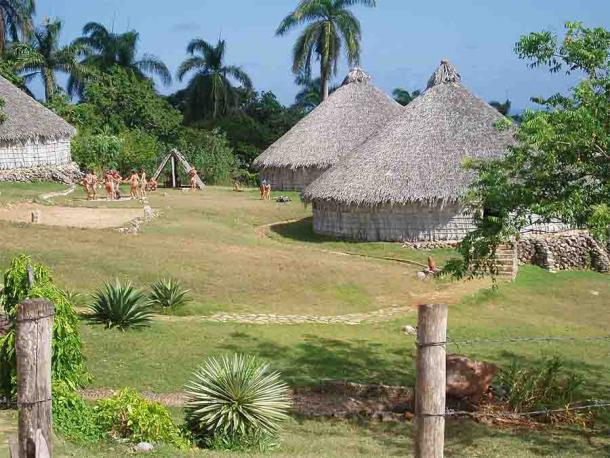
When Columbus arrived in the Caribbean in the late 15th century AD, the Taino were the first people he encountered, on the island of Hispaniola. Tragically, their trusting nature made them vulnerable to exploitation and enslavement, and they were ultimately the victims of a brutal genocide at the hands of the Spanish invaders.
But the Taino or Arawak people who lived in the Lesser Antilles weren’t even around to meet the Spanish. Approximately 100 years before the arrival of the Spanish, they were conquered and displaced (or colonized) by the Caribs, a warlike people that invaded the islands from the northern part of South America.
When Columbus arrived in the Lesser Antilles in 1493, it was the fearsome Caribs he met, rather than the friendlier Taino. The Arawak people who’d lived on the island chain that Columbus named Guadeloupe had already been absorbed into this separate group of people, which obscured most of the facts of their history.
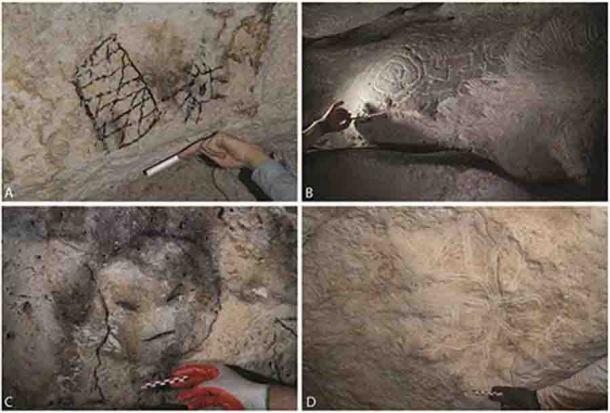
A New Era in Caribbean Archaeology May Be Dawning
The INRAP archaeologists who discovered the mass burial and accompanying settlement in Guadeloupe have a golden opportunity to learn more about a lost society.
Hato Caves –Shelter of the Rebellious Slaves of Curaçao
The last traces of the Taino: Puerto Rican ceremonial sites stand as testament of a rich culture
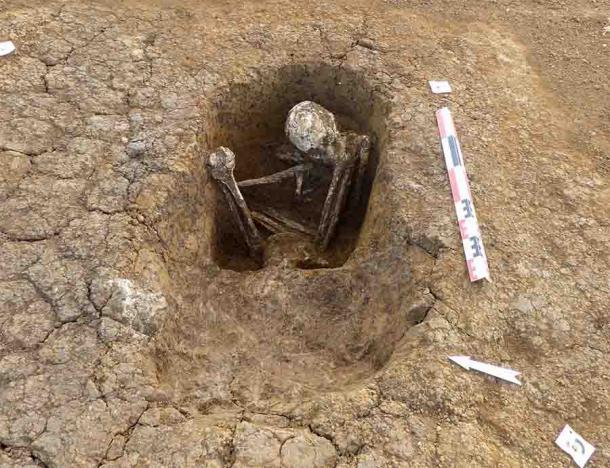
Up to now, the Arawak or Taino footprint in the Lesser Antilles has been exceedingly limited. They left behind quite a bit of rock art, which did reveal important information about their daily lives and spiritual traditions. But their absorption by the Caribs plus the poor soil conditions that tended to destroy most bones and artifacts on Guadeloupe made it impossible for scholars to expand their knowledge of the ancient Arawak people any further.
That is why the new discovery near Les Abymes is so noteworthy. The French archaeologists can now perform a more in-depth study of the material culture of the ancient inhabitants of Guadeloupe, who first arrived on the archipelago in approximately 3,000 BC.
To deepen their understanding even further, the archaeologists hope to extract readable DNA samples from the intact skeletal remains found in the recent Guadeloupe burials. This will allow them to create genetic maps that connect the individuals buried based on family relationships and common ancestors.
This genetic information may also help researchers establish links between the long-lost Taino of Guadeloupe, and Taino peoples who lived elsewhere. Such information would be highly valuable, because it could help archaeologists, anthropologists, and historians create more detailed and accurate maps of ancient migration patterns in the Caribbean and the surrounding area.
There are many blanks to fill in before a complete picture of the demographic history of pre-Columbian Guadeloupe can be obtained. The process of discovery may be speeded up substantially, thanks to this exciting Guadeloupe burial discovery and the new data it will provide scientists.





